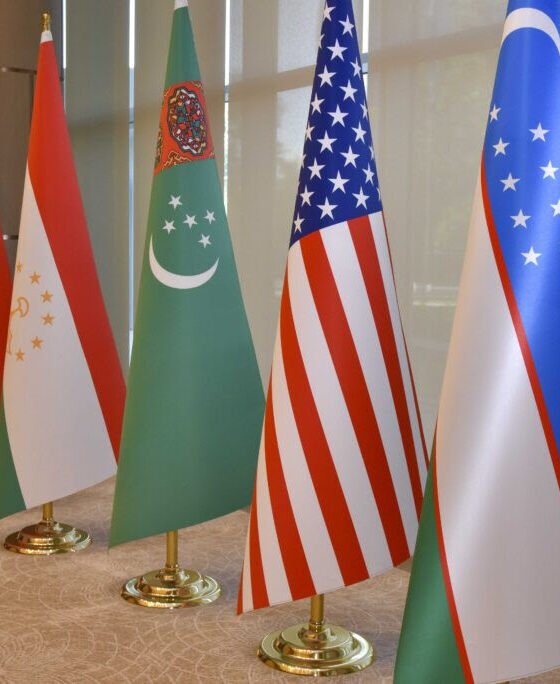Washington Must Step Up Its Engagement in Central Asia
Recent unrest in Kazakhstan underscores the risks of ignoring the root causes of political instability in the region.

Originally published on Foreign Policy
By Beth Sanner and Sebastien Peyrouse
This month, protests in Kazakhstan sparked by a sharp increase in gas prices and caused by discontent with the government spread across the country. The unrest and the ensuing violence serve not only as a cautionary tale for other Central Asian countries but also as a wake-up call for the United States. Washington needs a more coherent and dynamic policy for the region, which lies at the crossroads of Russia and China and is more unstable than many outside observers understand. It is time for the United States to shift its approach and increase its engagement in Central Asia.
Although reliable information on exactly what happened in Kazakhstan and why may take some time to emerge, three significant implications are already clear. First, the eruption of regime-threatening unrest underscores the risk that further instability could catch Central Asian governments and the United States off guard. Despite their differences, the five landlocked former Soviet states—Kazakhstan, Kyrgyzstan, Tajikistan, Turkmenistan, and Uzbekistan—share an authoritarian and kleptocratic style of government, to varying degrees. Throughout Central Asia, political elites have prospered while average citizens struggle to obtain adequate health care, jobs, and education.
Read more on Foreign Policy












